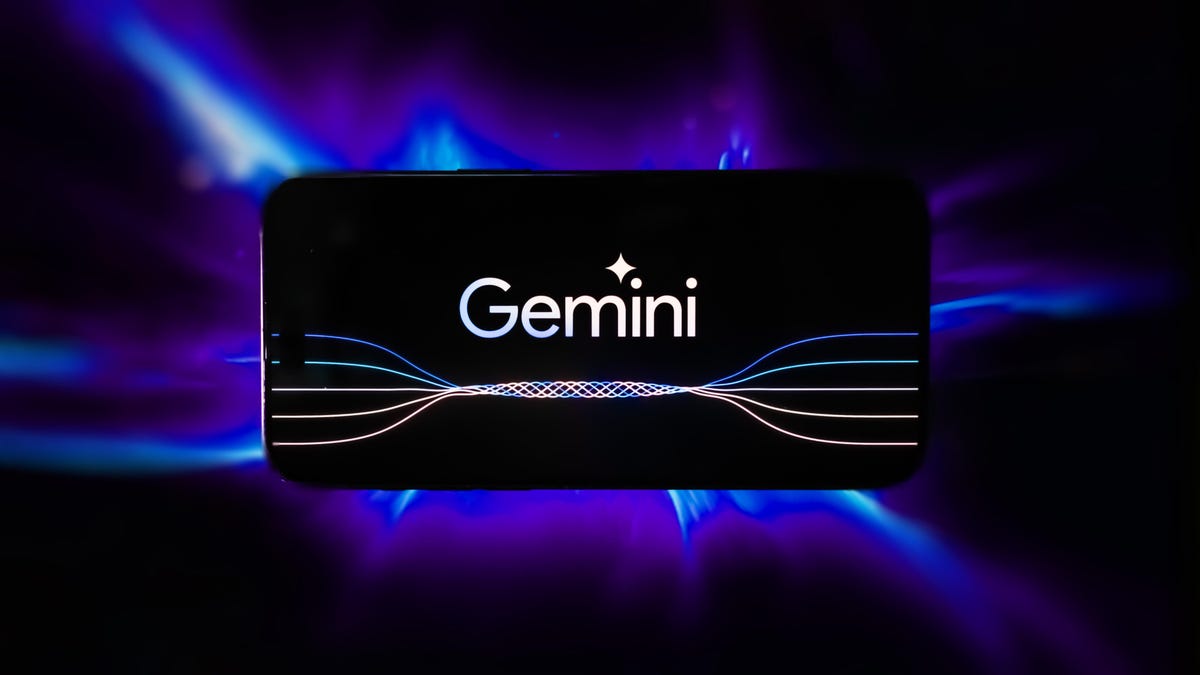On Tuesday, I told you how the modular computer company Framework was finally fulfilling its promise of the “holy grail for gamers” — a laptop with modular, swappable discrete graphics cards so easy to swap, practically anyone can do it at home. The first futureproof gaming laptop, perhaps?
Today, I can confirm the system actually works. I traveled to Framework’s San Francisco offices to be the first journalist to upgrade an entire laptop graphics card, with my own hands, in just three minutes — including the time it took to reboot. I yanked an AMD Radeon RX 7700S video card out of the machine and plugged in a brand-new mobile Nvidia RTX 5070, with just six screws and using the pen-shaped screwdriver that comes included with the machine.
And because seeing is believing, I filmed the whole thing to show you how quick and easy it was. (Hey veteran PC builders: this looks easier than MXM modules, right?)
This is the proof point we’ve been waiting for. It’s one thing to build a laptop that can swap its graphics card, and another thing entirely to actually get both Nvidia and AMD to actually deliver upgrades that fit. Alienware built such a system in 2019, the Alienware Area-51m, but a year later it revealed it wouldn’t actually deliver even one graphics card upgrade, got sued, and settled with customers in arbitration.
Framework, too, convinced us in 2023 it had built a viable and clever upgrade system — but it’s actually following through. It got Nvidia’s blessing and support to build an actual upgrade that fits and works in an existing laptop.
I wasn’t able to test everything I would have liked to test at Framework’s offices. We couldn’t run benchmarks, only basic gameplay samples to show the card was working. (Framework claims the Nvidia card should be a 30 to 40 percent upgrade over the existing AMD one.)
Also, I wasn’t able to upgrade quite from scratch. I actually hauled my original Framework Laptop 16 review unit to San Francisco to see if I could turn that one into a new Nvidia laptop, but CEO Nirav Patel told me it would need software updates, including at least one new BIOS version, which weren’t fully ready yet. So while I did do the upgrade myself, the laptop I upgraded was one that Framework had prepped for the GPU swap.
While I was there, I also got to try Framework’s new standards-compliant 240W USB-C PD 3.1 charger, one of the very first on the market, letting the Laptop 16 (the first 240W PD 3.1 laptop!) finally play and charge at full speed. I brought my power meter and saw the Framework Laptop 16 pull over 220W while running stress tests, charging up its battery, and charging up a couple phones plugged into the laptop all at the same time. When I came back 15 or so minutes later, the new power adapter was only warm, not hot — comfortable to pick up and hold. I’ll have a video on that next week.
At $699 for only a 100W, 8GB mobile RTX 5070 worth of performance, this might be a niche product for now. But Framework’s proven the point, and I’m hoping future upgrades keep it from being niche for long.
Follow topics and authors from this story to see more like this in your personalized homepage feed and to receive email updates.

 1 month ago
24
1 month ago
24










































